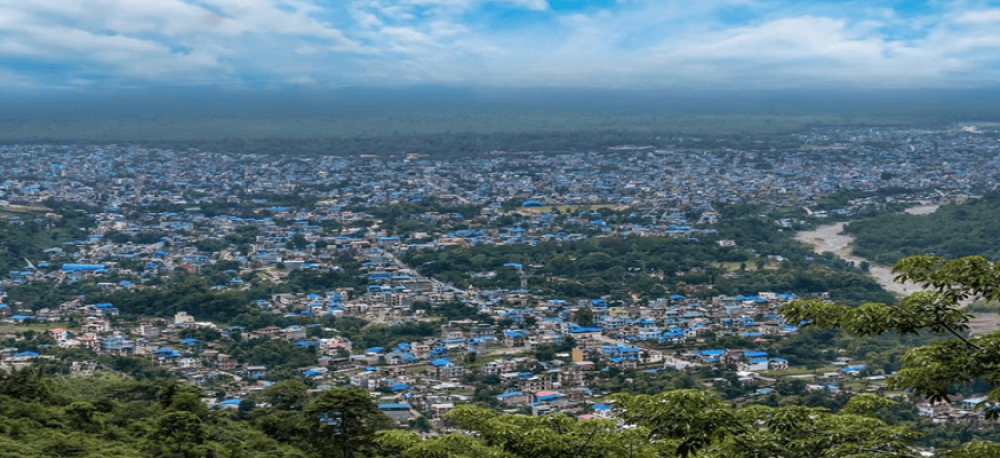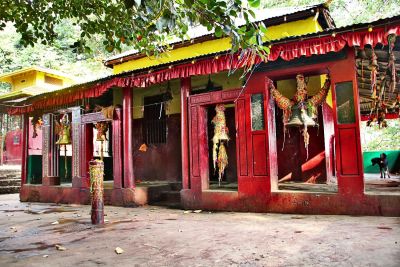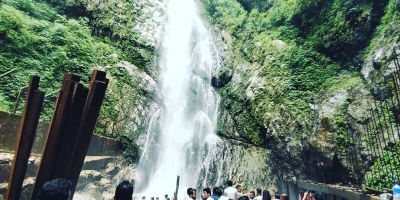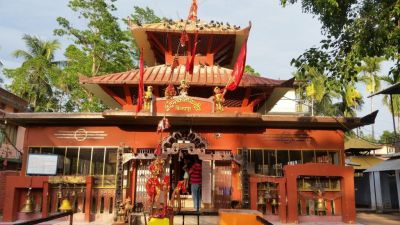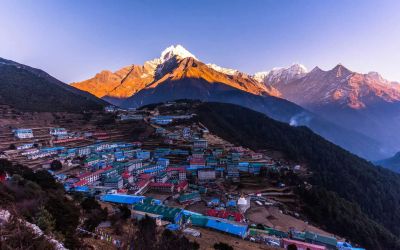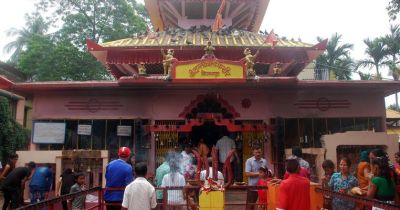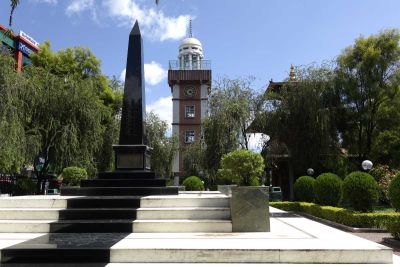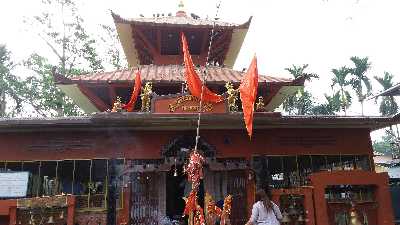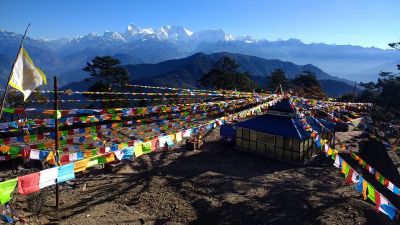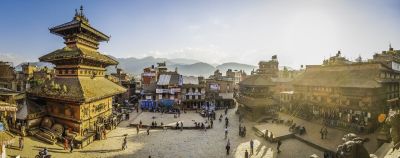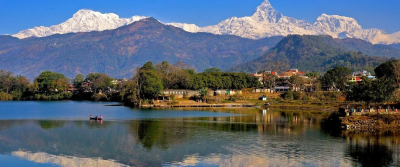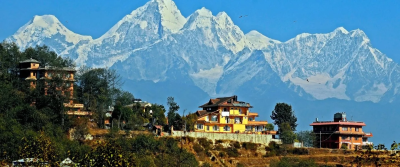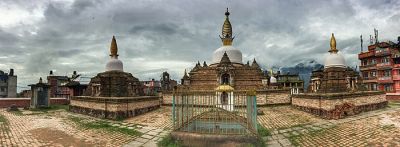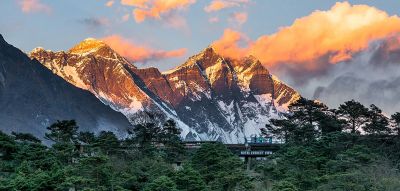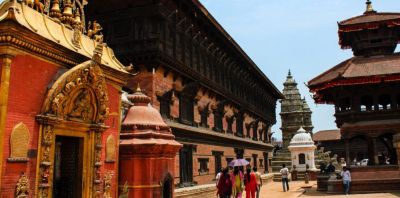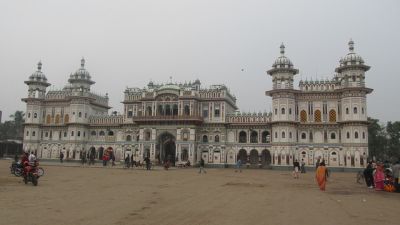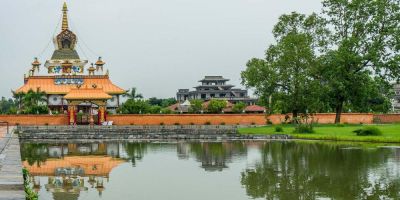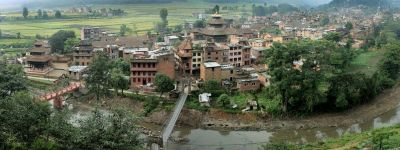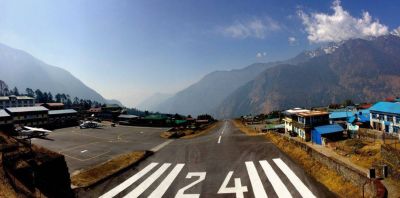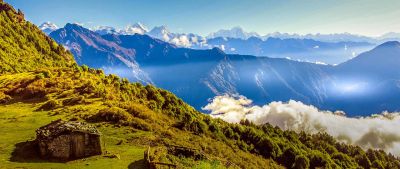Dharan, a beautiful city located in the eastern region of Nepal, has been a hub of culture, religion, and natural beauty for a substantial time. Originally, Dharan started as a small trading post and grew over time to become a major town due to its strategic location at the foothills of the Mahabharat Range.
The Early Days
Tourism in Dharan can trace its roots back to the mid-20th century when it was established as a recruitment center for the British Gurkha Army. The presence of the British forces brought about infrastructure and facilities which initially spotlighted Dharan for visitors, particularly for rest and recreation by the British officers and their families.
Religious Significance
Religious tourism has also been a profound aspect of Dharan's allure. As home to the holiest Hindu shrine, the Budha Subba Temple, it attracts thousands of pilgrims annually. These spiritual sites provided a boost in visitor numbers, prompting more facilities to be developed around these areas.
Natural Attraction
Natural beauty has always been one of Dharan’s strong suits with its lush green environment and proximity to the Sapta Koshi River. The surrounding Dhankuta and Terhathum hills provide excellent trekking opportunities, making it a favorite among adventure tourists, especially as developments in the 1970s and 1980s improved accessibility.
Modern Development
In more recent years, the city has been promoting itself as a health destination, owing to the establishment of various healthcare institutions, including the BP Koirala Institute of Health Sciences. This, paired with nationally recognized sporting events and a pleasant climate, has made Dharan an upcoming player in domestic and international tourism circuits.
Latest Tourism Trends
Present-day tourism in Dharan is marked by a trend towards ecotourism and sustainable travel. With a growing awareness of environmental concerns, tourists are often looking for experiences that are not only unique but also conscious of the ecological footprint. Community-based tourism initiatives are on the rise, with local communities offering homestays and cultural experiences that provide an authentic glimpse into the lives of the Nepali people.
Moreover, the development of infrastructure such as the Dhulikhel-Dharan fast track and enhanced connectivity to regional attractions is expected to foster a new era in Dharan tourism. The city is also tapping into the potential of digital marketing to reach a broader audience, showcasing its myriad offerings from spiritual retreats to adventure sports.
As Dharan moves towards the future, it aims to balance growth with culture and nature conservation, striving to develop as a destination that can offer a holistic and enriching experience to all who visit.
